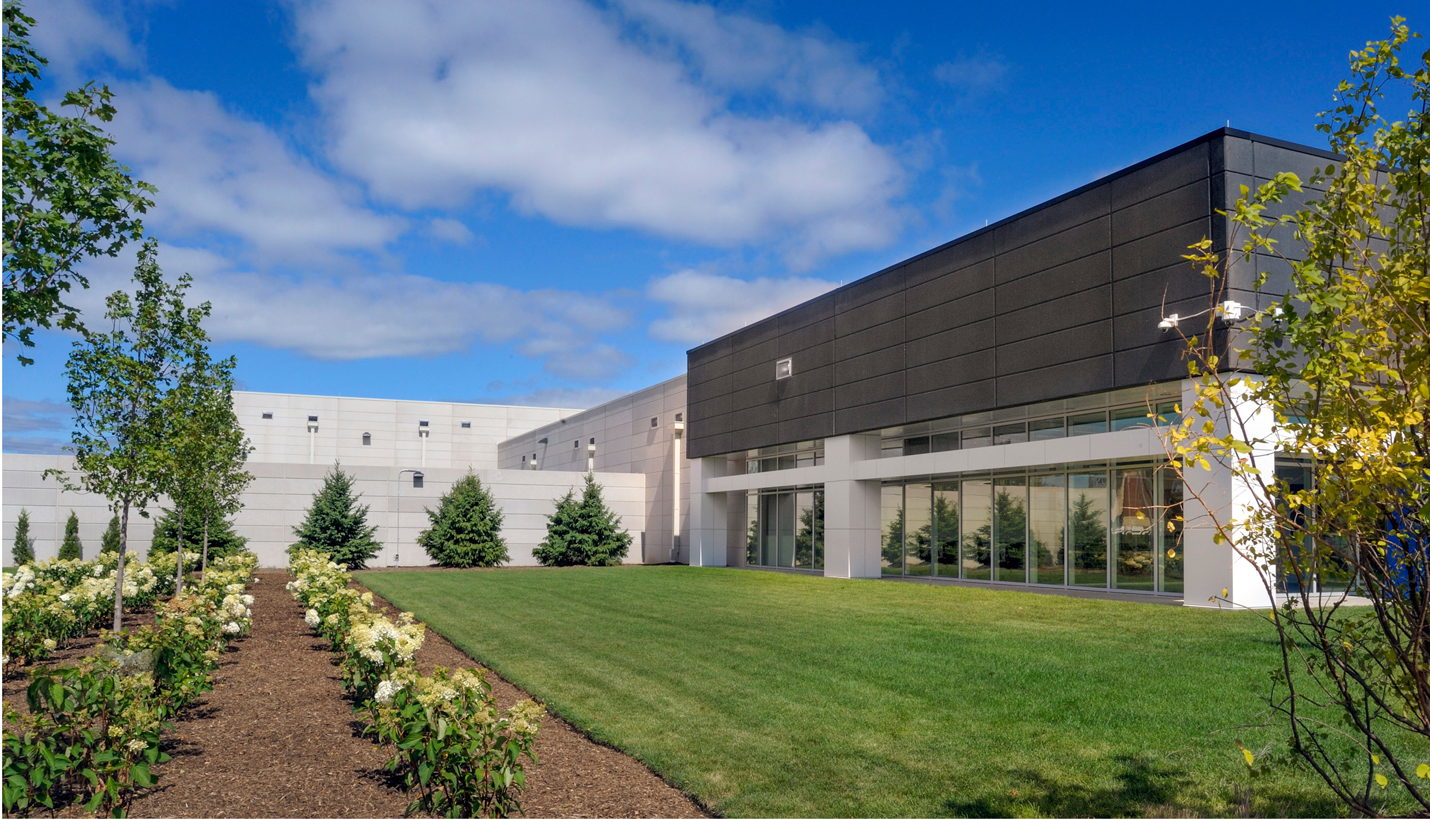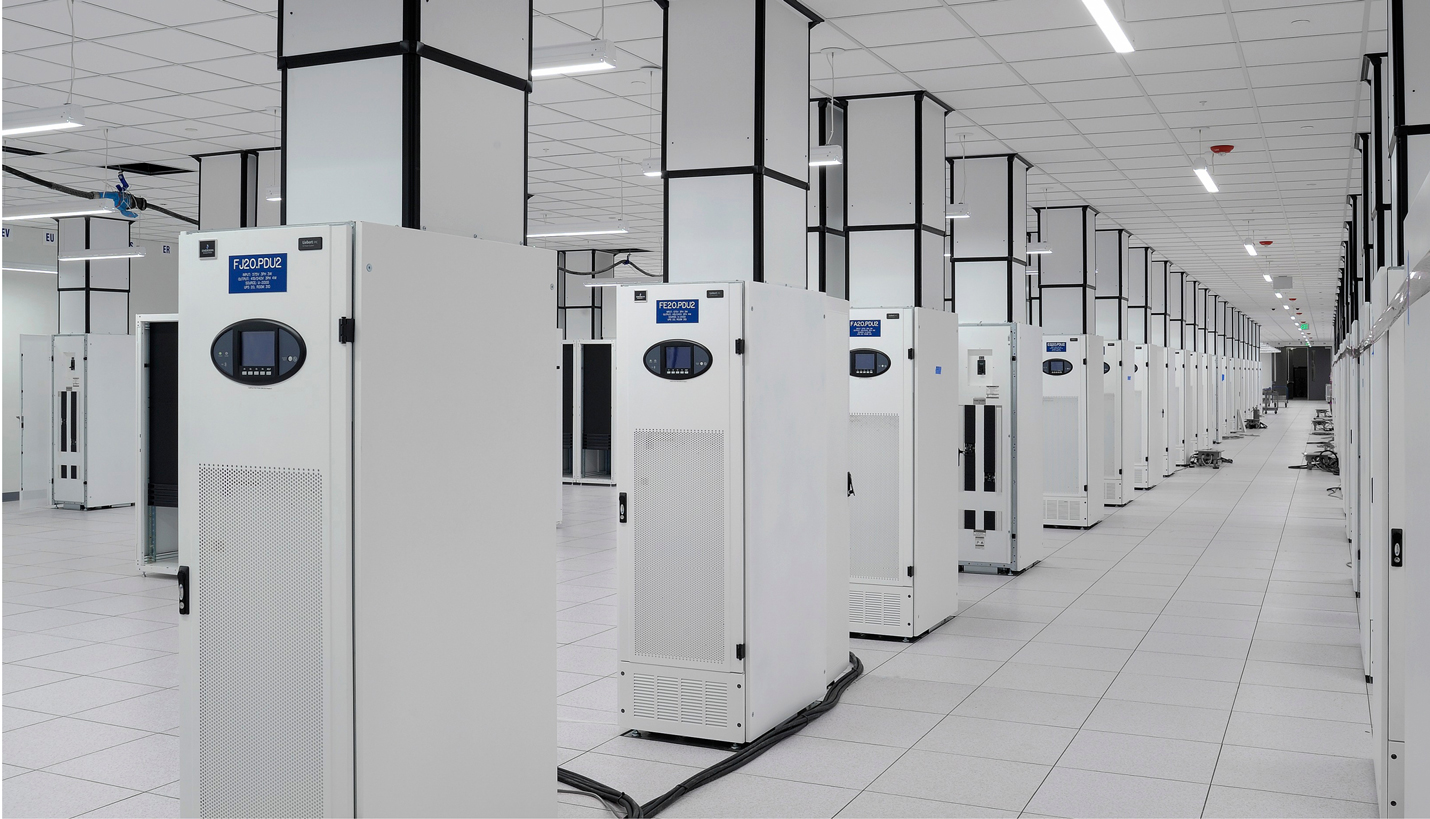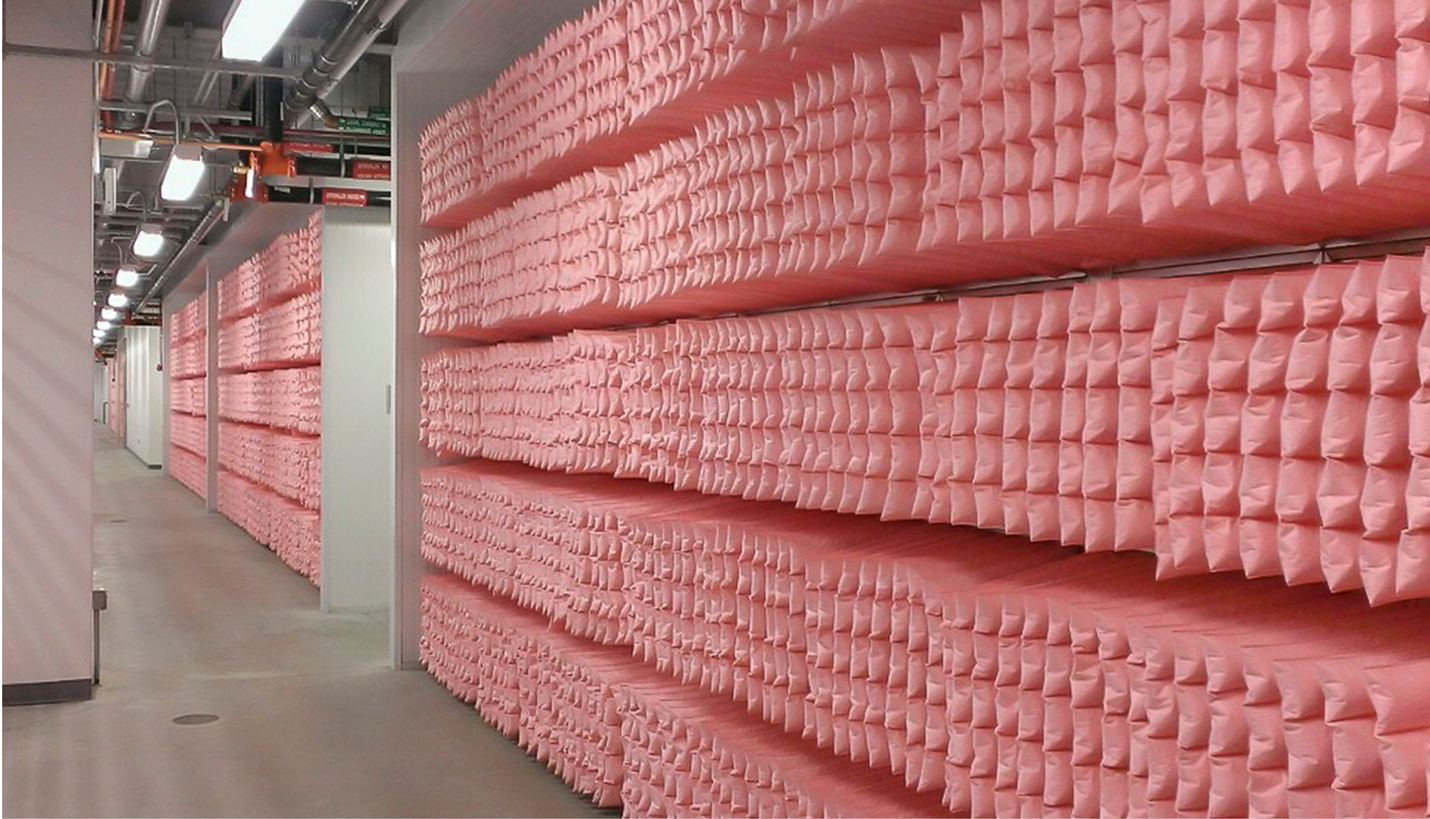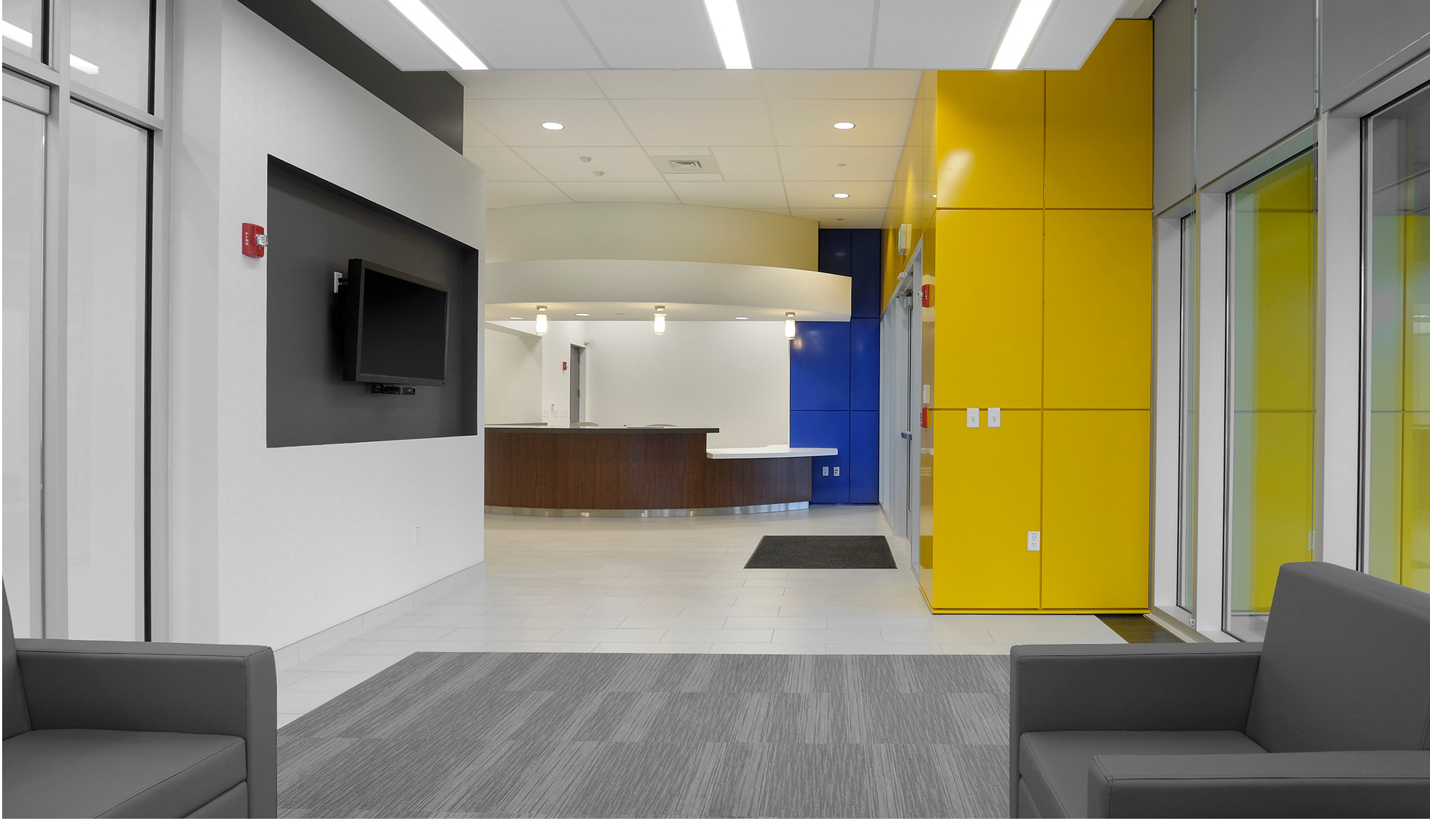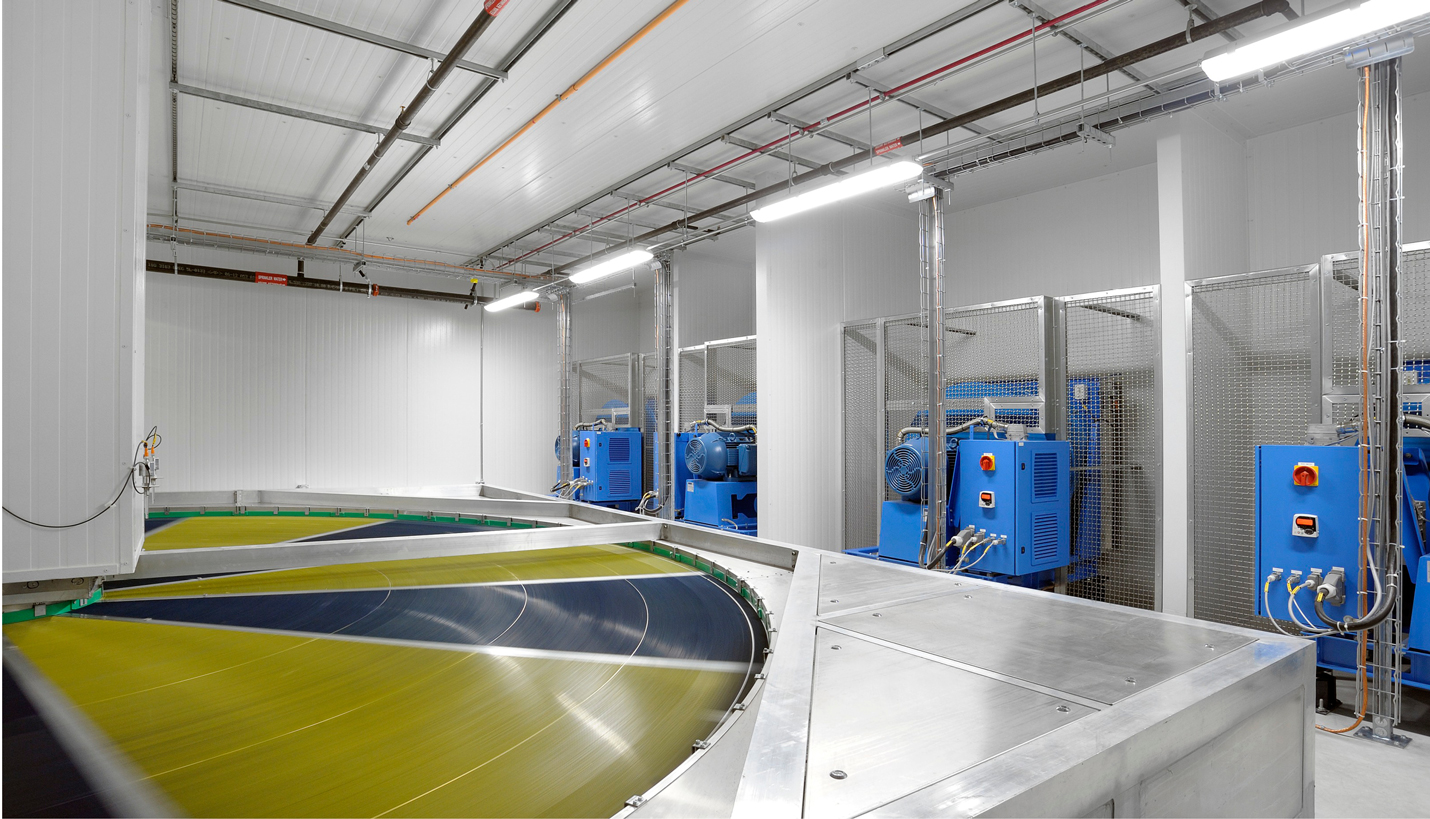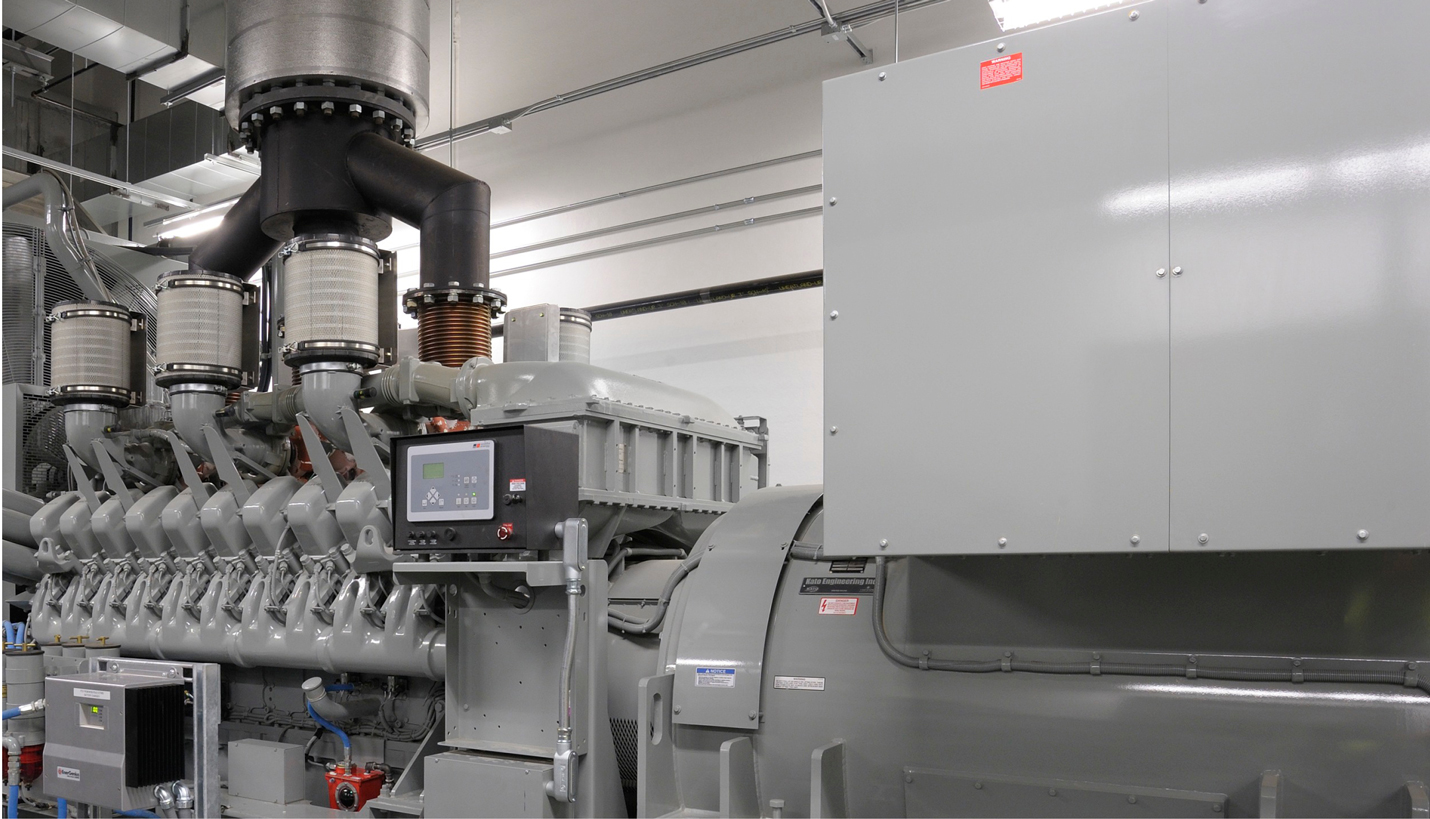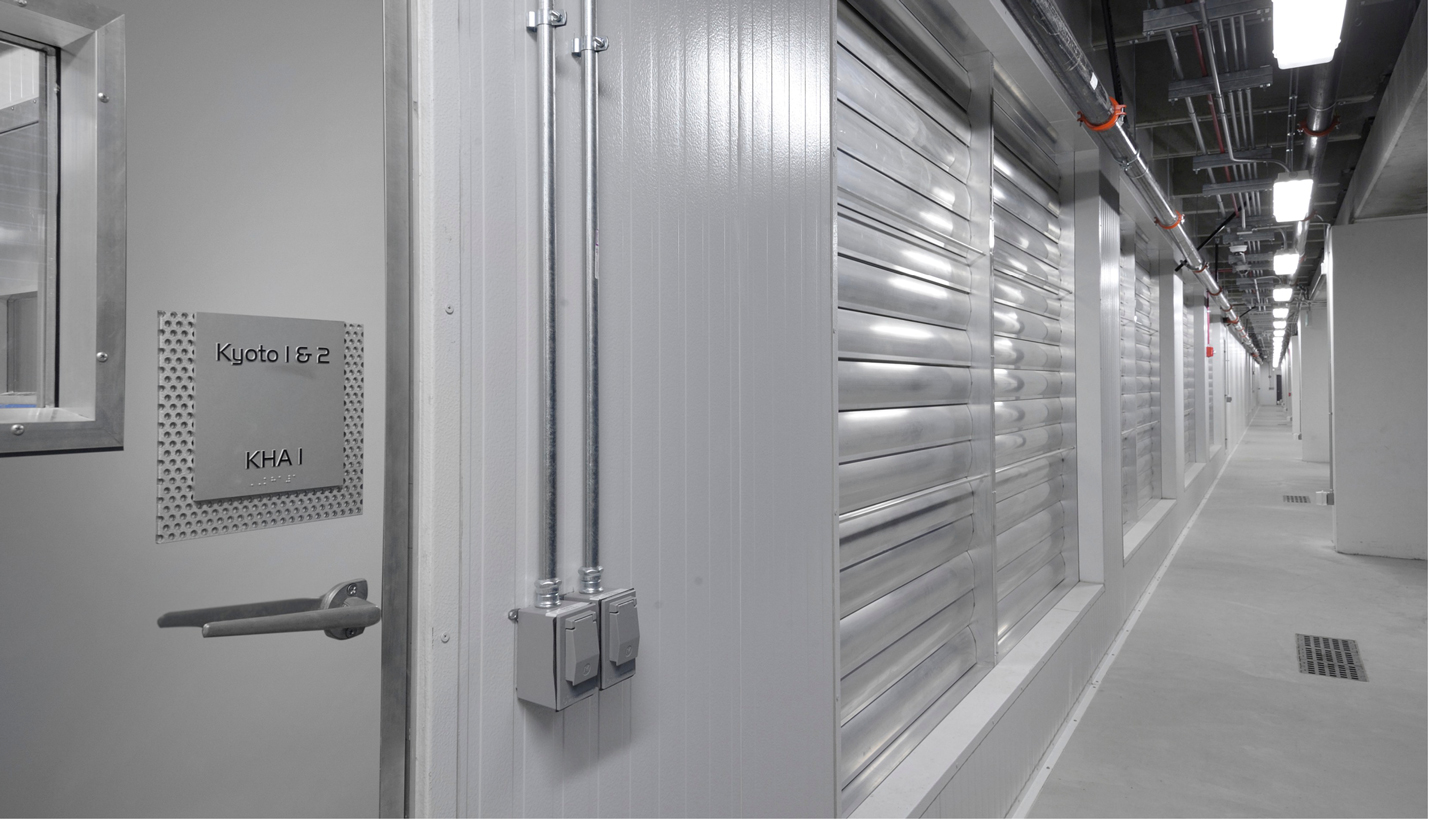Industry-leading Efficiency Data Center Achieves LEED Silver
A Tier IV Data Center that Page designed for United Airlines has been certified LEED Silver. This is one of the most efficient data centers in the transportation sector, supporting United’s commitment to the environment. The project attained several LEED credits that had been identified as regional priorities. These include developing the data center on a site in close proximity to high density housing and walkable basic services, as well as the provision of parking for low-emitting and fuel efficient vehicles. Additionally, United has a shuttle that connects to the airport, where employees and visitors can access a public rail transit system.
This data center was built to withstand severe weather conditions without compromising the integrity or security of its cooling system, which is anticipated to achieve an annual average mechanical PUE (power usage effectiveness) of 1.09. Its design will achieve energy savings of approximately 50 percent above the required efficiency standards with state-of-the-art economizer systems for cooling critical electrical rooms and air-handling units, an energy recovery make-up air handling unit for ventilation, high efficiency condensing boilers for heating and high efficiency lamps for lighting. The site is protected with K-4 rated fencing, security monitoring, force protection and EF-4 hardening. It is based on N+2 1000Kw units and Phase 1 was designed to be a 4 MW IT load for Day One fit-up with a 12 MW total facility load at full build out.
Phase 1 of the 308,000-square-foot project includes 25,000 square feet of white space in an 180,000-square-foot building. This initial phase includes the company’s backup Emergency Operations Center (EOC) in which they will control their entire worldwide operations in the event that the main OPS Center is ever down. The EOC contains conference rooms, 50 workstations for various user groups which are focused on a video wall and a control room overlook for supervision. It is anticipated that approximately 85% of the facility will be free cooled.
During construction, more than 50% by cost of materials were sourced regionally, reducing the facility’s carbon footprint. The construction team was able to divert more than 80% of waste materials by reusing or recycling them. The landscape design specified plants that do not require permanent irrigation and non-potable water sources were included in the planning process with the intent of using it to maintain the vegetation.
Under a full production scenario, all phases of the data center are anticipated to save the following in a 10-year lifecycle:
• 420 million KWh of electricity
• 115-plus million gallons of water
• More than $35 million-plus in operational savings
• 250,000-plus tons of CO2 reduction
The facility meets current Uptime Institute’s Tier IV, Fault Tolerant Site Infrastructure, standards as well as the company's requirements. Page worked closely with various departments within United Airlines, including Information Technology, Corporate Real Estate and Procurement, which leads the development and management of their data center infrastructure to support global business needs.
05/13/2014
People
- Andrew (Andy) R. Baxter
- John R. Blair
- Cameron E. Brown
- Robert E. Burke
- Gene Curtis
- Shawn-Marie Henson
- Peter B. Hoffmann
- Joel A. Holder
- Alan Lampert
- Michael J. Mace
- Megan McCoy
- Joseph F. Morales
- Rosalyn Rojmar
- Elizabeth A. Slyziuk
- Paul J. Stopper
- Ricardo A. Trevino
Related Posts
- Sustainability in Action at Page
- Page Welcomes Imes Group
- Michael J. Mace Honored with Lifetime Achievement Award
- Ushering in New Era of Science Research
- Scientific Learning Spaces Activated as Teaching Tools
- Page Welcomes...
- UD Embraces Virtual Reality



